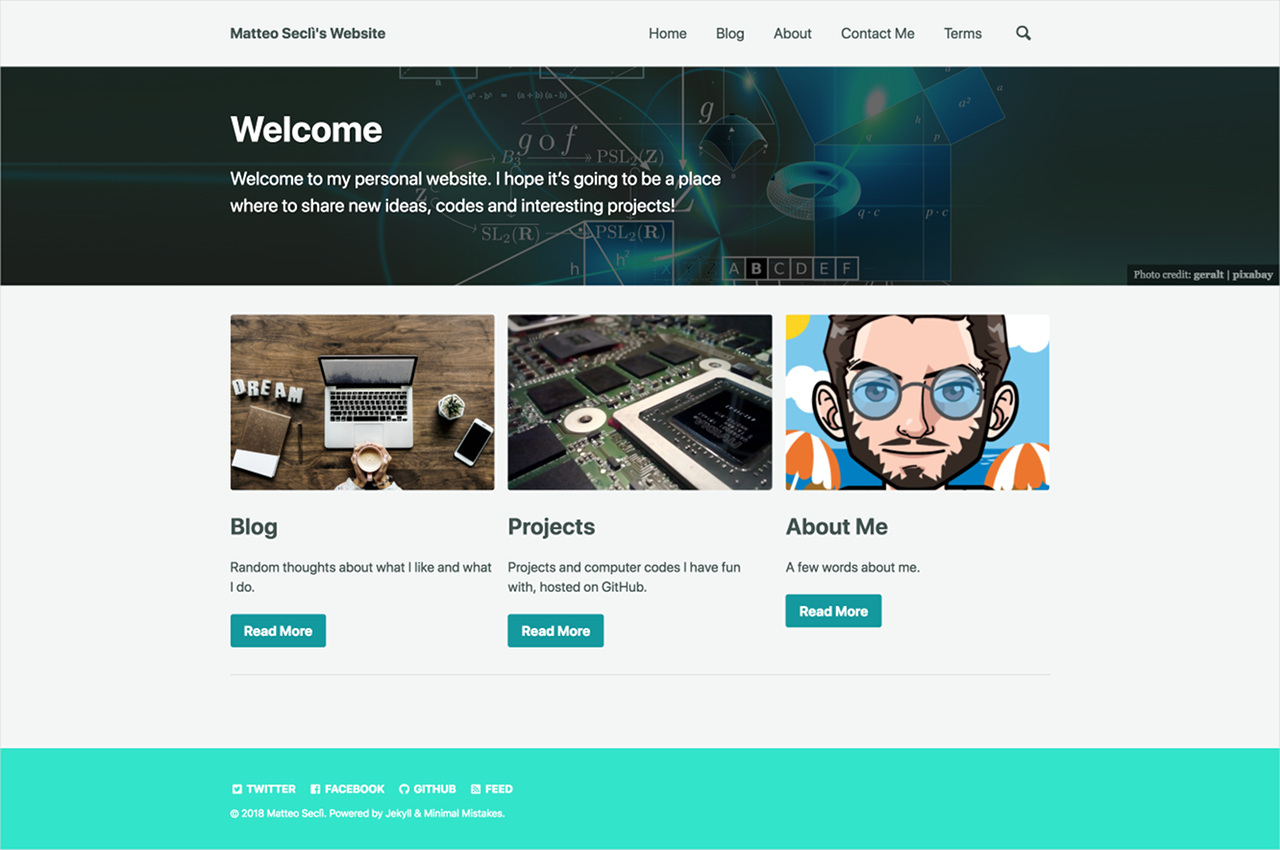Interpretable inverse-designed cavity for on-chip nonlinear and quantum optics
Zhetao Jia1, Wayesh Qarony1, Jagang Park1, Sean Hooten2, Difan Wen1,3, Yertay Zhiyenbayev1, Matteo Seclì1, Walid Redjem1, Scott Dhuey4, Adam Schwartzberg4, Eli Yablonovitch1, and Boubacar Kanté1,5
arXiv:2308.03036 – Submitted 06 Aug 2023
Download PDF
Abstract
Inverse design is a powerful tool in wave-physics and in particular in photonics for compact, high-performance devices. To date, applications have mostly been limited to linear systems and it has rarely been investigated or demonstrated in the nonlinear regime. In addition, the "black box" nature of inverse design techniques has hindered the understanding of optimized inverse-designed structures. We propose an inverse design method with interpretable results to enhance the efficiency of on-chip photon generation rate through nonlinear processes by controlling the effective phase-matching conditions. We fabricate and characterize a compact, inverse-designed device using a silicon-on-insulator platform that allows a spontaneous four-wave mixing process to generate photon pairs at 1.1MHz with a coincidence to accidental ratio of 162. Our design method accounts for fabrication constraints and can be used for scalable quantum light sources in large-scale communication and computing applications.
PACS: 03.65.Vf, 42.60.Da, 42.65.Sf, 73.43.-f
We don’t have the fulltext available on this website yet; please download a PDF copy using one of the links above.
-
Department of Electrical Engineering and Computer Sciences, University of California, Berkeley, CA 94720, USA ↩ ↩2 ↩3 ↩4 ↩5 ↩6 ↩7 ↩8 ↩9
-
Hewlett Packard Labs, Hewlett Packard Enterprise, 820 N. McCarthy Blvd., Milpitas, California 95035, USA ↩
-
Applied Science and Technology Graduate Group, University of California at Berkeley, Berkeley, California 94720, USA ↩
-
Molecular Foundry, Lawrence Berkeley National Laboratory, Berkeley, California 94720, USA ↩ ↩2
-
Materials Sciences Division, Lawrence Berkeley National Laboratory, 1 Cyclotron Road, Berkeley, CA 94720, USA ↩


